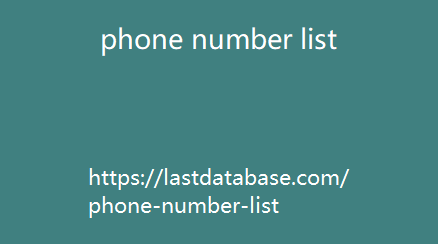Search intent has become the holy grail of modern SEO. It helps you understand what users want when they type a query into search engines. However, recognizing this intent is only half the battle. When combined with User-Centric Design, you can use revolutionary methods to interact with your web pages, resulting in increased engagement and higher rankings in search results.
This is why the combination of search intent and User-Centric Design is so important:
- Relevance over keywords . While keywords are still important, it’s the context around them that determines relevance. If a user searches for “best coffee machines,” they may be looking for reviews, a buying guide, or a list of the best models. Understanding that intent and designing your page to match it (such as by providing easy-to-follow lists and review videos) will help ensure that visitors find what they’re looking for.
- Reduced bounce rate . When design matches user intent, visitors are less likely to return to the SERP. They find value in the content, and good design keeps them engaged.
- Increased trust and authority . By consistently and conveniently fulfilling user intent, a brand can become trusted and authoritative in its field. Over time, this can lead to increased organic traffic and higher search rankings.
- Increased conversion rates: When a page matches user intent and has a seamless UX design, it naturally guides visitors to take the desired action, whether that’s signing up for a newsletter, making a purchase, or filling out a contact form.
Understanding your audience’s europe cell phone number list needs and designing to reflect those needs is paramount to successfully synergizing UX and SEO. This way, you not only improve user satisfaction, but also strengthen your brand’s digital presence in search results.
Features of content creation
Content is the bridge between your brand and your audience. But in an age of information overload, it’s important to create it with both ny dokam-barotra dia miseho eny user and SEO goals in mind. Today, keyword-stuffed articles won’t cut it—you need content that resonates, informs, and adds value to your site.
Features of creating content for a modern website:
- Answer real questions . To truly meet user needs, you need to ask yourself, “What does my audience want to know? What problems are they trying to solve?” By aligning your content with these needs, you can not only inform visitors, but also offer solutions to their problems.
- Don’t get hung up on keywords . While it’s important to include relevant keywords for SEO, the text should look natural. Marketing platforms help writers find the balance and make content not only interesting but also optimized for search engines.
- Interactive and diverse formats . People are now looking for a variety of content formats, from blog posts and infographics to podcasts and videos. Targeting multiple formats at once can increase user engagement and increase bwb directory time spent on site, which is a positive signal for search engines.
- Consistency and authenticity . Authentic content that is based on reliable sources and does not contain false information inspires trust in both users and search engines.
- Engagement and feedback . Encourage customers to comment, repost, and provide feedback. This two-way interaction not only provides information about user preferences, but also increases the reach and visibility of your content.
- Accessibility and structure . Use clear headings, lists, and a well-thought-out structure. This makes your content more accessible and allows readers to quickly find the information they need, which in turn improves user experience and SEO.
When it comes to UX and SEO, content is key. It’s how brands communicate, connect, and convert leads. By creating content with user intent in mind and following SEO best practices, you can truly stand out from the competition, ensuring both high engagement and good search engine visibility.






